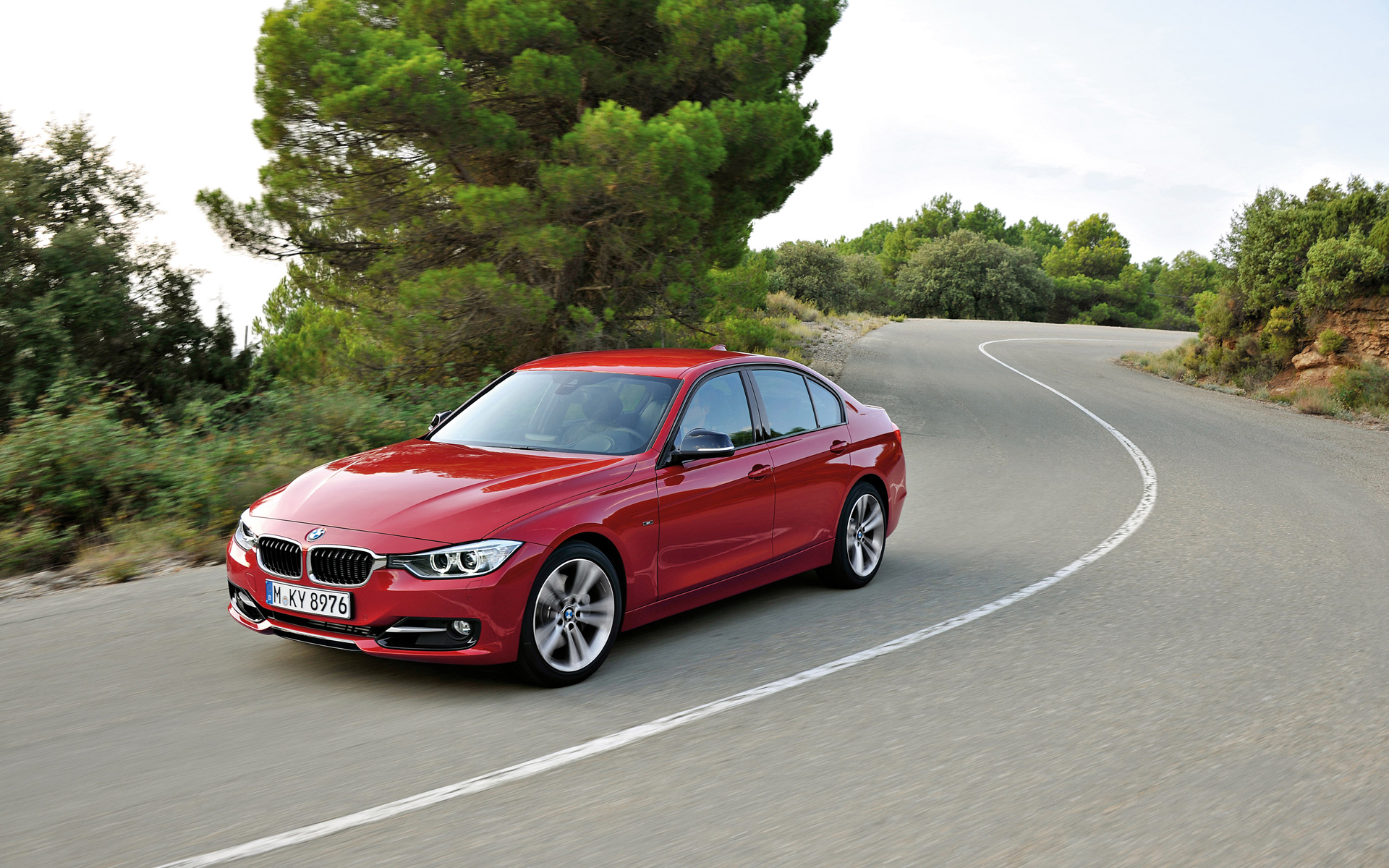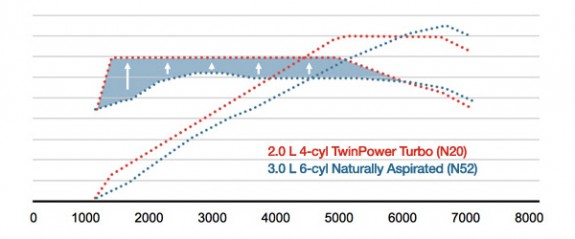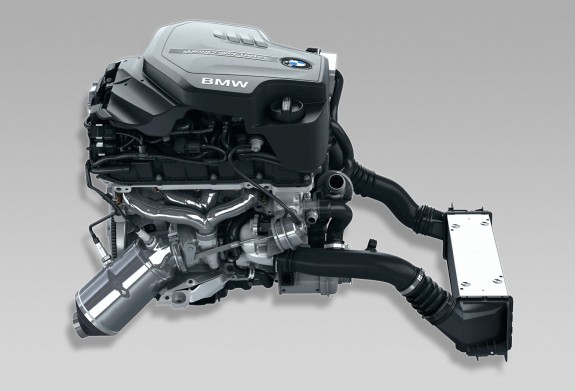Downsizing: BMW Does It Right

BMW USA has started replacing its naturally aspirated 3.0L I-6 engine with a new 2.0L turbocharged 4 cylinder mill. The engine, internally known as the N20, will be offered first in the Z4 sDrive28i roadster, and make its way into the 328i, 528i, and X3 models. It is unclear whether there will be a 728i offered, although it seems very unlikely – a 4 cylinder has never been offered in a European flagship in the US before.
Such a move is seen as blasphemy among many within the car community. BMW’s cult following will undoubtedly lament the loss of their legendary 3.0L inline-six. Its silky smooth nature, paired with its linear power delivery and sonorous exhaust note, made it a benchmark engine that many other automakers strived to emulate. Why is BMW moving away from such a wonderful engine and going back in time to the unloved 318i of the ‘80’s and ‘90’s?

A comparison of available horsepower and torque between the 2.0L N20 and the 3.0L 255HP N52 - the N20 wins in the everyday driving RPM range. (Photo courtesy Kilometer Magazine)
Examining the evidence reveals that BMW is serious about downsizing the right way. The new engine produces 240HP and 260lb-ft of torque. Not only does that match the horsepower of the beloved E36 M3, but also trumps the torque output on every engine it will replace. If this is pointed out to the cult following, their counter-argument is that it’s not a “sporty” engine. Peak torque comes at a usable 1250RPM, and peak horsepower at a low 5000RPM, and that means they won’t be able to rev it! Clearly they are grasping for something to chip away at, considering that torque in the lower RPM range is beneficial to most drivers. In fact, a dyno overlay done by Kilometer Magazine shows that the new 2.0L produces more power than the 255HP 3.0L (not available on 128i or 328i) all the way up until 6000RPM – what’s not sporty about more power? They can rev it to the 7000RPM redline if they’d like to, but BMW engines aren’t about revving – they’re about a fat chunk of torque in the usable mid-RPM range, which the N20 has.
There is one spot where the N20 is definitely unsporty – fuel economy. Not only does this new engine promise more power, it also consumes 20% less fuel. In real terms, this means a 3-series achieving 23/34MPG EPA ratings. Make no mistakes about it, early adopters of this engine will be sad as they drive past their gas-pumping friends. Think of all the gas-pump gossip that these N20 drivers will be missing out on! Those poor souls, paying the price for progress while the rest of us fill out a second mortgage to finance our morning commute.

Despite hoards of new technology, the new mill promises to be 40lbs lighter than the engine it replaces.
The icing on the cake is that unlike other recent downsizing efforts, this engine will be aimed towards the mainstream. Ford has marketed the 3.5L and 2.0L EcoBoost engines as V8 and V6 replacements (respectively), but proceeded to market them incorrectly. For example, for 2011 the 2.0L EcoBoost is only available in the Explorer, where it makes less power than the V6, isn’t available with AWD, and costs an extra $995! BMW has done it the right way by making a ton of drivetrain options available. While engine specifics have not been confirmed for the US market yet, the European market N20 is available with manual or automatic transmissions and xDrive (AWD to the rest of us). The engine will be available in a variety of sedans, coupes, roadsters, and SUV’s alike. Whether a similarly equipped model with the N20 will cost more than with the inline-6 remains to be seen, but it’s a moot point. It will sell briskly regardless of relative pricing because this engine will be the cheapest engine option available in BMW’s class-leading vehicle offerings. By doing this, BMW forces a great engine upon a general public that is prejudiced against it for no clear reason.
Downsizing is the trend of the future, and BMW has seen the light. Just like their counterparts at VW/Audi, BMW is determined to show the public that downsizing is beneficial to everybody. Their first US-market example of the engine of the future promises to be a great piece of engineering. The few who have done their homework will eagerly await this engine with anticipation and excitement. I, for one, will be keeping an eye on this engine – if it proves reliable, I’ll definitely be looking to put my money where my mouth is.

